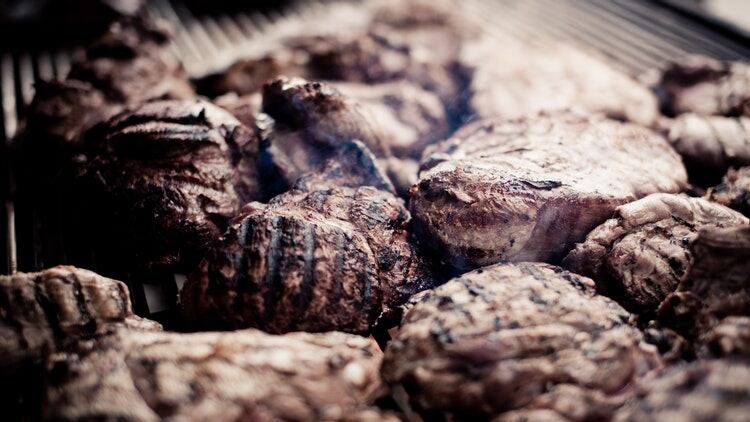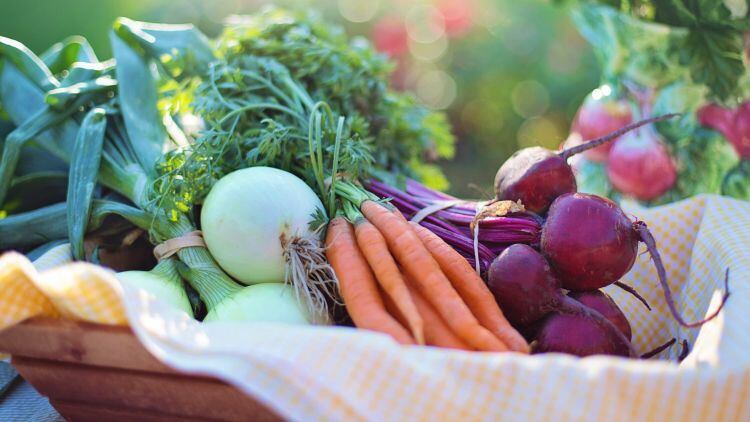The latest foodservice price index from CGA and Prestige Purchasing also said the hot summer means key prices are likely to rise soon.
In meat and poultry, prices have continued to decline since spring, falling by 2.1% in August month on month and 5% year on year.
After a dry summer, more price rises are expected with some reports forecasting a 5% increase over the next 18 months.
The recent decline in price is due to a rise in slaughter levels as the hot weather has reduced grazing pastures and feed stocks are likely to become increasingly limited, prompting farmers to take precautionary action to relieve demand for livestock feed.
Sugar has continued to remain relatively low in price with the index down 9.3% compared to August 2017.
Sugar surplus
India and Thailand had record production in 2017 to 2018 with global production forecast to yield a further 11% rise year on year.
A 17m-ton surplus of sugar is predicted for this year and is likely to keep sugar prices low for the foreseeable future.
The long, dry summer of this year impacted wheat production across Europe and the report’s bread and cereals index highlighted a 4.3% rise on July’s prices.
Stock-to-use ratios for major exporters are nearing record lows, with some predictions estimating a drop in the UK’s wheat crop yield of 10% on last year, leaving a potential shortfall of 2.5m tons.
To exacerbate matters, wheat is likely to be redistributed as animal feed after the summer’s hot weather reduced the availability of natural silage. The bread and cereals price index is predicted to rise due to these factors.
The foodservice price index predicted the unusual weather patterns of 2018 will continue to push up inflation in cereal-related food stuff.
Knock-on impacts are also likely to be seen in other categories such as meat, where feed stocks and grazing pastures have been reduced by the hot summer.
Natural volatility
Outbreaks of African swine fever in China and potentially elsewhere, are adding to the concerns over meat prices.
Prestige Purchasing chief executive Shaun Allen said: “While the overall drop in inflation this month indicates positive news for operators, the outlook appears to look less encouraging, with the effects of the dry weather particularly on wheat and cereal crops looking set to add more upward pressure on food pricing over the coming months.
“The natural volatility within the supply markets experienced this year has proven to be challenging enough for our industry, and with more turbulent times expected as we head towards Brexit, it will be critical that businesses take a proactive approach to managing the future risks of inflation.”
The combination of the extreme weather this year and the continuing impact of Brexit have produced more issues for the foodservice sector, according to CGA client director of food Fiona Speakman.
She said: “Overall inflation in foodservice prices appears modest but, beneath the top-line figure, there is a lot of turbulence.
“Brexit’s impact on currencies, trading and labour has concerned the sector for a couple of years now, but this year’s extreme weather patterns have overlaid more problems.
“Foodservice businesses must now be braced for more inflationary pressures through the remaining months of 2018, and stay alert to ways of mitigating the challenges.”


